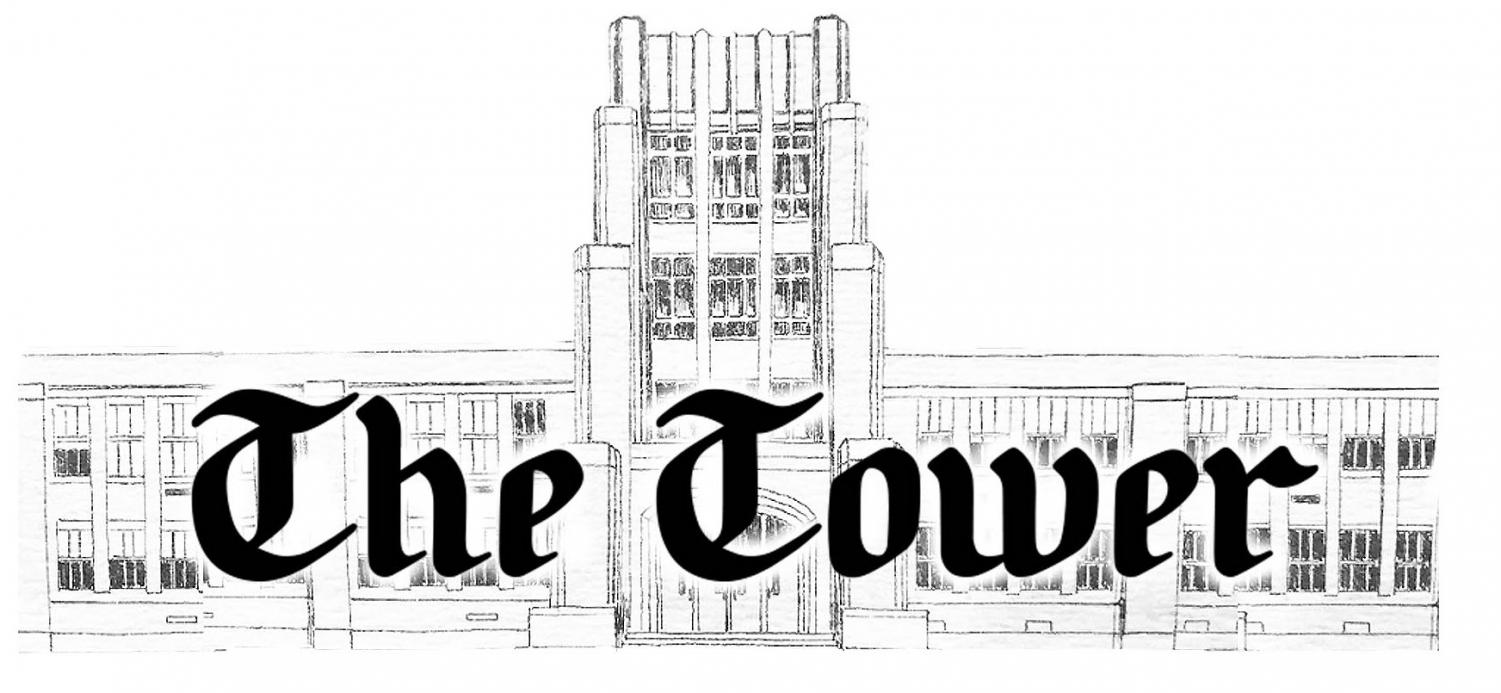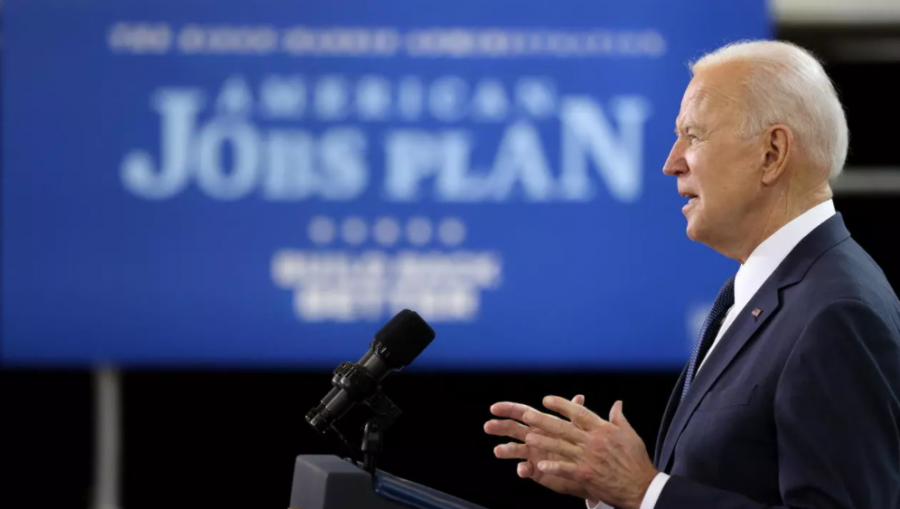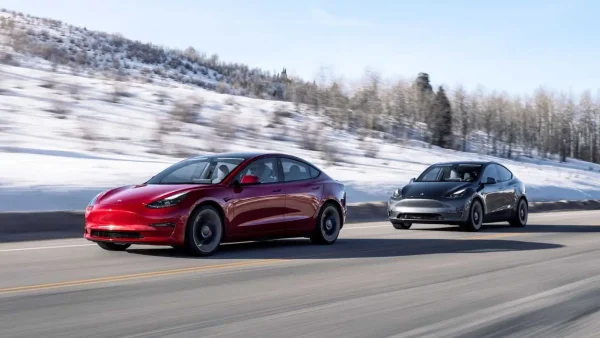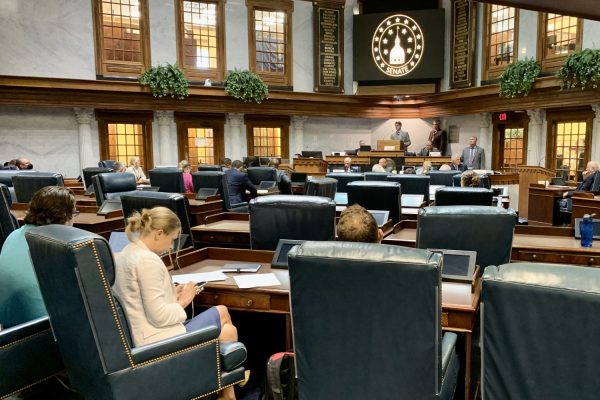Biden’s Infrastructure Plan
US President Joe Biden speaks about his $2 trillion infrastructure plan during an event at Carpenters Pittsburgh Training Center in Pittsburgh, Pennsylvania, March 31, 2021
September 10, 2021
The Biden Administration has proposed a two trillion dollar infrastructure plan that seeks to modernize aspects of America’s economy. This bill, known as the American Jobs Plan, may likely be funded by corporate taxes, as Biden wants to increase the corporate income tax rate from 21 percent to 28 percent. The White House offers federal investments in sectors such as transportation, building, manufacturing, housing, industry, power, innovation, and many others. Biden proposes a “clean energy economy” where sustainability will be prioritized in order to combat climate change. Among the ideas that are put forward, Biden wants to finance projects that would empower disadvantaged communities. Democrats want to unionize jobs and finance training programs to improve the workplace, but not everybody is on board with this plan. As much as this bill has been supported, it has been subject to heavy criticism and has sparked controversy.
The White House wants to allocate nearly 600 billion dollars to reinvent the transportation infrastructure by renovating highways, bridges, roads, rail systems, ports, airports, stations along with replacing or electrifying older buses and rail cars. Biden highlighted renewing water systems by repairing pipelines and upgrading the treatment of wastewater; lead pipes will have to be eliminated to ensure the safety of drinking water. The Biden administration stressed the importance of a universal high-speed broadband system to provide the nation with internet access along with an improved electric grid. Biden looks forward to investing in energy efficient homes, retrofitting buildings, affordable housing, and similar developments. The infrastructure package’s main aim is to strengthen economic foundations, but it has other goals.
Biden’s team has emphasized conservation and they seek to curb carbon emissions; environmental justice is a term that they use to describe their goal of slowing climate change. The administration is looking to cleaner energy sources such as wind, solar, and nuclear power even if the transition from fossil fuels is undoubtedly slow and takes time to cap oil wells or clean up disused coal mines. Biden’s program wants to explore new environmentally-friendly technologies by funding scientific institutions; he wants to boost research for agencies such as the National Science Foundation. His plan seeks to revitalize land use, improve agricultural techniques, and weatherize buildings in order to accommodate them to more severe weather. As mentioned before, Biden is eager about electric vehicles and supporting biofuels, along with making firmer pollution limits. With this mission, Biden hopes that more green jobs will be available to people.
Although the goal of this initiative is to jumpstart the economy after COVID-19 pandemic, not everybody agrees with how this plan will be executed. The bill has been disapproved by mainly Republicans, who are not enthusiastic about tax hikes because they believe that they will be obstacles to economic recovery and that the spending would add to the national debt. A few Democrats have also opposed this bill for similar reasons; this plan has been unpopular with business groups. It is worth noting that many corporations avoid paying federal income taxes because of offshoring jobs and claiming deductions. In order to gain bipartisan support for this project, Biden said that he is open to other ideas on how to pay for this bill. More importantly, Biden is against giving a tax increase to people who make below 400,000 dollars in order to pay for it. Many Democrats are looking forward to passing this bill by the summer and say that federal spending may take the course of eight years. They hope that this project would translate into a success as great as the Space Race or the Interstate Highway System. More details will be announced because this idea is dynamic and will evolve over the course of time.













